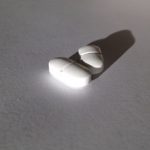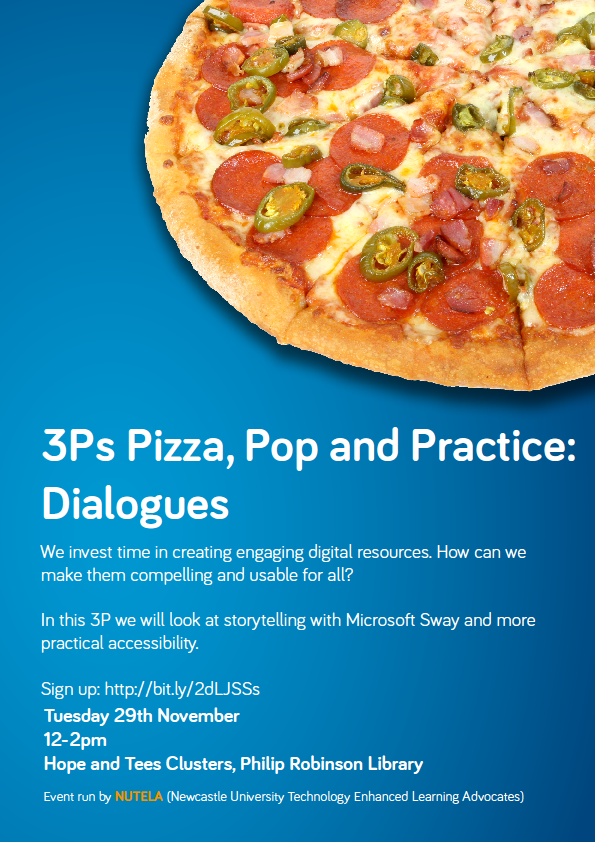 We know that medication which lowers the blood pressure can cause falls. This would typically occur on standing up from sitting, with a sudden drop in blood pressure causing a fall. We also know that medication which affects the brain, such as sleeping tablets or antidepressants can cause falls. This seems logical as they may cloud the full function of the brain, nerves and blood pressure.
We know that medication which lowers the blood pressure can cause falls. This would typically occur on standing up from sitting, with a sudden drop in blood pressure causing a fall. We also know that medication which affects the brain, such as sleeping tablets or antidepressants can cause falls. This seems logical as they may cloud the full function of the brain, nerves and blood pressure.
What seems less obvious is the result of a large research study which found that taking four or more medications was a risk factor for falling. To understand this a bit more, I will explain the study itself. Approximately 1280 older people were followed over the course of a year. At the beginning of the study period, various observations were made, including details of the medications and other medical problems. Different measurements were taken over the course of the year. At the end of the study the researchers explored the data to see if they could find any way to predict who was more likely to fall. They found that people who were taking four or more medication were more likely to fall.
This study is over 10 years old now and the types of medication we take now are very different. The study is not able to tell us why it is the particular number 4. But let’s not fixate on why it is 4 and not 3 or 5 or 10. Let’s use this information to help people. We can see who is more likely to have a fall and therefore who would benefit from a falls assessment.
Some people have questioned whether being on four medications is a sign of frailty and whether it is the underlying medical problems that are causing the falls. This is a fine theory. But other studies have proven that reviewing medication and stopping anything that is unnecessary can prevent falls, which implies (but does not prove) that it is the medication and not the underlying condition contributing to the falls.
As we have learnt in week one, even just agreeing on a definition of a fall has been challenging. So you can imagine all the other difficulties we face in trying to perform research into falls. For example, falls are under-reported, several risk factors contribute to falls and people often have a complex mix of underlying conditions and medications. So where we do not have the proof from large, well-conducted studies, we must draw upon the evidence from smaller studies, clinical experience and expert opinion.
The issue is not about reducing a person’s medications to less than four, it is about using the information to recognise and help those at risk.
Tromp AM et al. Fall-risk screening test: A prospective study on predictors for falls in community-dwelling elderly. J Clin Epidemiol 2001; 54: 837-844 – abstract available
Leipzig, Cumming and Tinetti Drugs and falls in older people: a systematic review and meta-analysis: II. Cardiac and analgesic drugs. J Am Geriatr Soc. 1999; 47(1):40-50.








 You can watch Angela receive her award (45 minutes and 8 seconds) and see her speech (45 minutes 50 seconds) in the congregation video at:
You can watch Angela receive her award (45 minutes and 8 seconds) and see her speech (45 minutes 50 seconds) in the congregation video at: 
